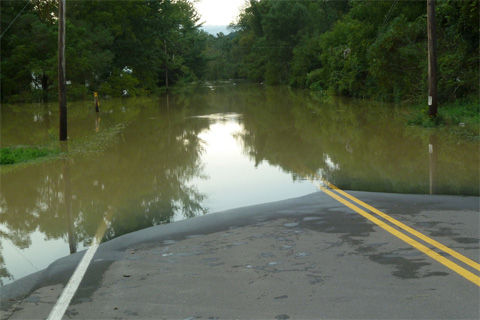
The remnants of Tropical Storm Lee brought record rainfall amounts to the East Coast in the first week of September, swelling rivers and forcing evacuations in some areas of Pennsylvania and New York.
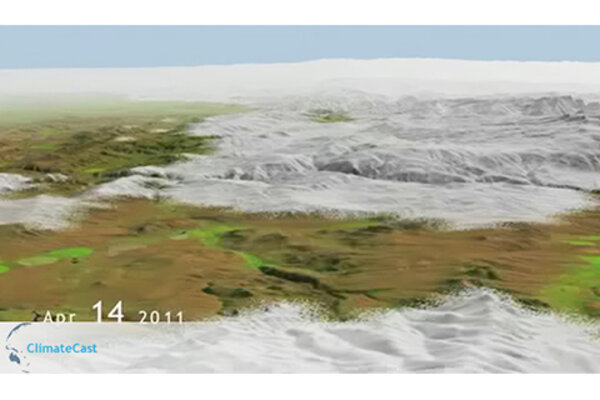
November 23, 2011

The remnants of Tropical Storm Lee brought record rainfall amounts to the East Coast in the first week of September, swelling rivers and forcing evacuations in some areas of Pennsylvania and New York.
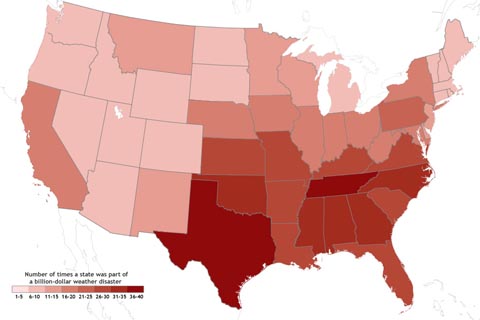
Population and development conspire with regional climate patterns to concentrate the country's most expensive weather disasters in the U.S. South and Southeast.

Maps of locations where heat records were broken in summer 2011 make a nearly complete picture of the United States.

The soaking rains from Tropical Storm Lee provided some drought relief in the South in the first week of September, but exceptional drought persisted across Texas and the Southwest.
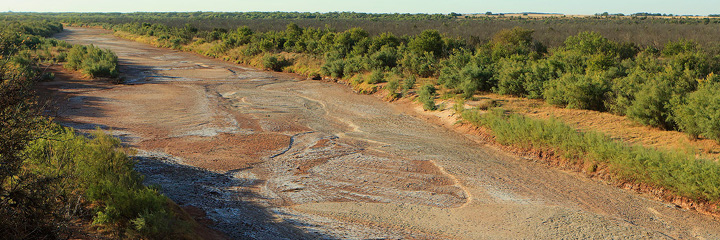
An intense drought has gripped the southern tier of the United States for several months, accompanied by destructive wildfires, low water supplies, and failed crops.
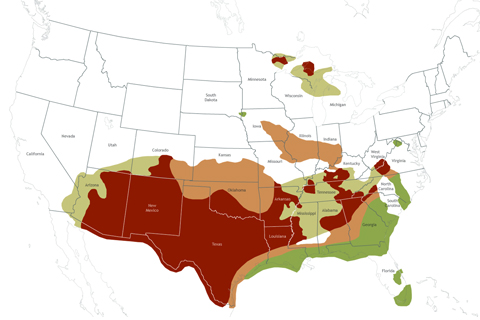
In summer 2011, the South was in the grip of one of the worst droughts on record, and the fall drought outlook issued by NOAA’s Climate Prediction Center provided little hope of relief, especially for the Southwest and Texas.
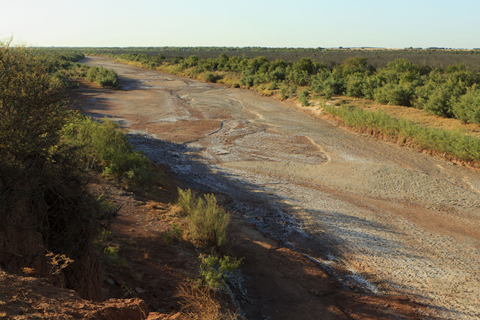
The Brazos River runs dry in Knox County, Texas, in summer 2011.
As early as November of last year, NOAA scientists were able to forecast extreme drought conditions that would likely lead to high fire risk in the South, allowing fire managers time to prepare for an active season.
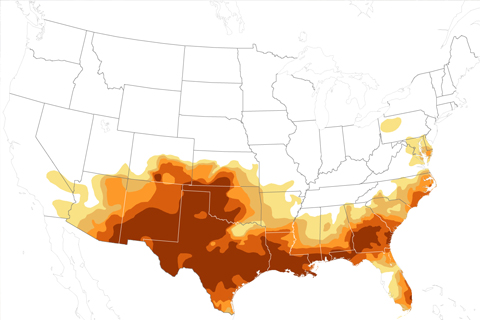
At the peak of this year’s drought, a record 12 percent of the U.S. was experiencing exceptional drought conditions.